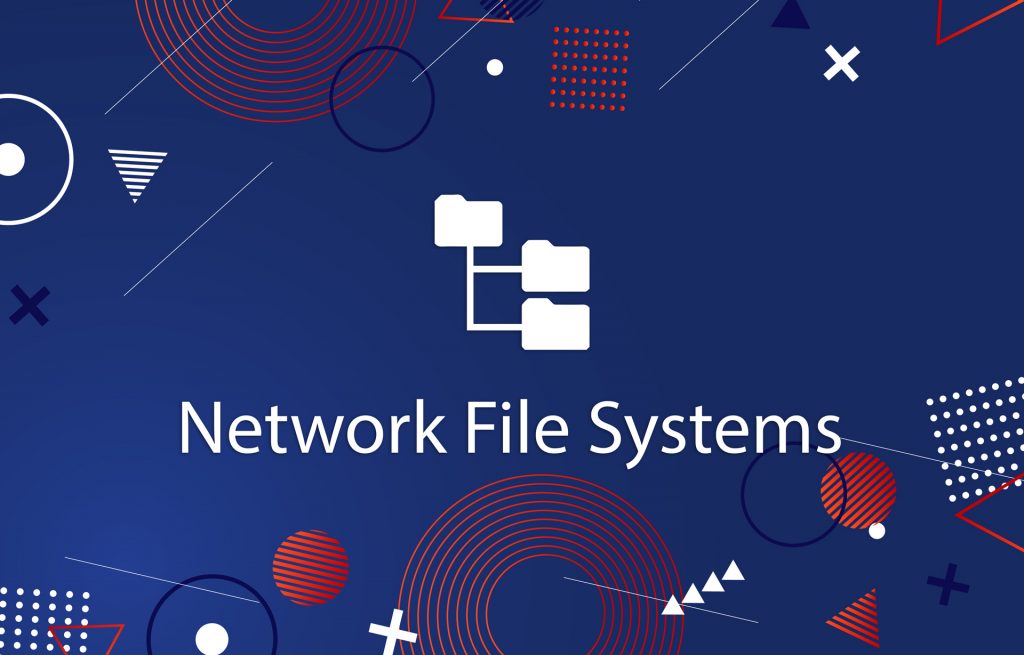For the past decade computer technology has evolved so much that every thing on the Internet seems to know us well and is aimed to make our life more comfortable. Online retail shops know our preferences, ads offer us the goods and services that we will like, banking and insurance predict what we’re going to need and what price plan is possible for us, YouTube knows what video we are likely to watch, and so on. Yet, not everyone understands what is behind it and that the system is called artificial neural networks.
What Is Artificial Neural Network?
An artificial neural network (ANN) is a mathematical model inspired by biological neural networks and used for modeling and analyzing complex relationships between inputs and outputs of data. This system completes such tasks as classification, approximation, data processing and is trained on working with a big dataset. The breakthrough of this system is its ability to learn things all by itself, just like people do throughout their lives. Big data provides food for reflection for neural networks which allows the creation of applications with artificial intelligence (AI). And with every increase of data AI becomes more mature. Just like humans it absorbs the information, learns how to think, improves the accuracy of decision making, and allows data analysis. The more data is given to process, the more the system learns, and, ultimately, the more accurate and intelligent it becomes.
A neural network works in the following way: the first step is to extract features from the input data and transform them into numerical values. For instance, an ANN, that has to recognize what animal is on a photo, may take as an input such values as the number of legs, the fact that the animal has a tail, fur, etc. Once the features are extracted (by another ANN or by other means) they are sent to the input layer. The values are transformed by performing mathematical operations in the hidden layers, and new numerical values are collected in the output layer. The last step is to interpret obtained values and give a result to the user (i.g. a cat is in the picture).

Neural Networks Use Cases
A wide variety of applications takes advantage of neural networks. They solve classification or decision-making problems, make predictions or process data; ANNs heated up many functionalities for AI apps thanks to these possibilities. Let’s have a closer look at problems that are solved.
Classification
Everyone comes across on apps with OCR, face recognition, speech recognition, spam filters, computer vision. In these apps AI solves the classification problem. The main goal here is to distribute objects or situations to their classes (categories) based on sets of specific information (samples). Objects can be different: text symbols, images, samples of sounds, etc. A set of characteristics determines the class to which the sample belongs, and the application brings you the needed results.
Function approximation
In this case, AI finds the underlying relationship from a given input-output data. Within the given conditions of the task, the system selects the closest function among others. Prediction is worthy of a particular attention in the frame of function approximation. It is widely used in the stock market, e-commerce, sales, and statistics. The ability of neural networks to predict follows from its ability to generalize and isolate hidden dependencies between input and output data.
Data processing
Data processing refers to validation, sorting, summarization, aggregation, analysis, reporting, and classification of information. Any of these operations is aimed to organize data in a specific way and make it useful for user’s purposes.
Robotics
Robotics is meant to be an alternative solution for human resources. Ultimately, robots can be used in any production environment to facilitate physical work as well as to perform dangerous actions. The medical field is heated up with robotics as well. It is used for the manufacturing of prostheses. Robotic arms and legs relieve lives of amputees and return them a fully-functioning body. Moreover, robotics also involves visual, auditory, motor, sensory, and cognitive prosthetics.
Decision Making and Control
While making decisions the system also solves the classification problem. It analyses various criteria and characteristics of input under uncertain conditions to provide the best possible output. Decision making is connected with control engineering used for space flights, driverless cars, drones.

Artificial Intelligence
Neural networks build up logic for artificial intelligence that is widely-used in many areas of our lives. It concerns marketing, sales, finance, insurance, healthcare, automotive, telecommunication, video games. The main idea behind AI is to allow computers to work in an intelligent manner. Problems that AI solves are reasoning, planning, knowledge, learning, perception, natural language processing, and objects manipulations.
Many of us experience AI when asking Siri, Alexa, Google Assistant, or Cortana to order food, set reminders, tell us the weather, etc. Many play video games where non-player characters are implemented thanks to AI. It also helps doctors to be more accurate with diagnoses, get more data by questioning patients; IBM Watson is best-known for that. We can state that AI makes our routine more adaptable to our needs, and the future holds for us more and more innovative solutions for our comfort.
The phenomenon of artificial intelligence is also shown in popular culture: TV series, movies, video games are concentrated on the issue of its future and co-existence with humans. This topic is raised in Do Androids Dream of Electric Sheep? novel; Matrix, I, Robot, The Terminator, 2001: Space Odyssey movies; Westworld and Black Mirror series; Portal and Detroit: Become Human video games.



